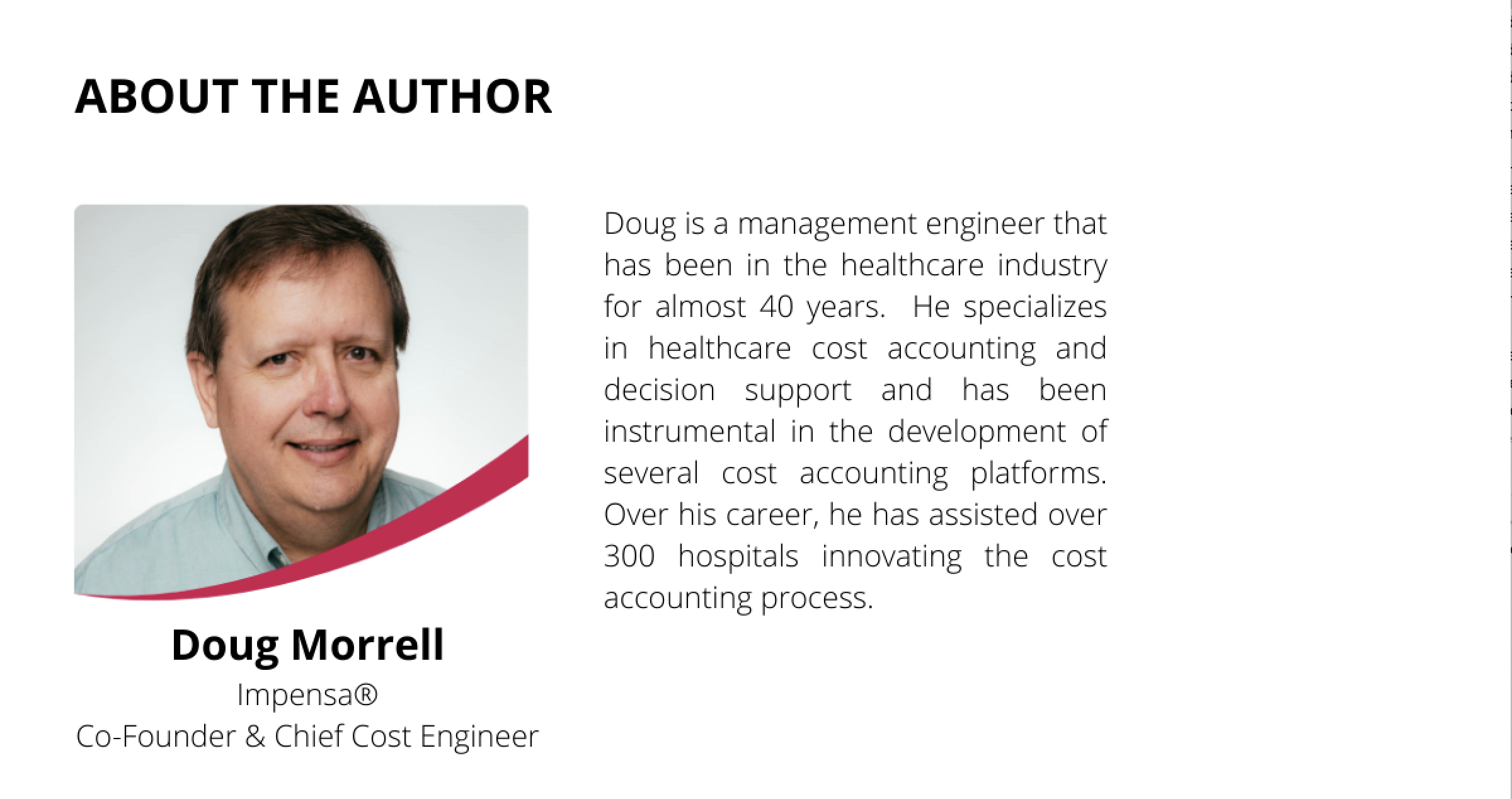I always suspected Dan Michelson, former President and CEO of Strata Decisions, to be a music lover. Or more specifically, a jazz aficionado. After all, the central module in the Strata product suite is called "StrataJazz", and Dan would always sprinkle musical references into his many opinion pieces appearing in trade journals.
Introduction
IIn 2019, the HFMA-Strata L7 Cost Accounting Adoption ModelTM was released as a self-assessment tool for organizations to gauge where they are in the cost accounting continuum. "L7" refers to the seven levels identified in the model. Given Dan's interest in jazz, I'm certain this is a nod to the classic 1963 Miles Davis album "Seven Steps to Heaven", which many agree is one of the top 10 jazz recordings of all time.
The L7 model shows a logical progression from default RCC cost finding processes all the way to extensive use of event timestamps throughout the patient encounter. For the cost accountant, this is a great road map. However, I've found some who take the model a bit too literally and tend to oversimplify the efforts required to achieve cost accounting nirvana.
The Cost Accounting Department Store Analogy
After I really studied the L7 model, I came up with a mental visualization. Think of the grand department stores which used to be commonplace but are now found typically in the largest cities. Bloomingdale's in New York City and Marshall Field's (now Macy's) in Chicago are prime examples. To me the L7 model can be pictured as a department store, with elevators to reach each of the Levels where you'll do your cost accounting "shopping". Where I see some confusion with the L7 model is that it implies one needs to be completely successful applying all the attributes of one Level before moving on to the next Level. I also find some executives misunderstanding that the purchase of an advanced cost accounting platform automatically ensures complete adoption of all the attributes mentioned in the L7 model. Hop on that cost accounting elevator, press the "7" button, and your problems will melt away, right?
Every multi-level department store certainly has one or more basement levels to support the structure, also served by the elevators. These basements have a vast infrastructure (i.e., "plumbing") supporting the operations of the building. The same is true with your costing system: as you add features and functions (complexity) and go shopping on those seven levels, there's a corresponding level of infrastructure needing to be present to ensure operability. You really need to spend some time in the basement before committing to those shiny attributes for sale on the upper floors.
"But I've got [insert expensive EMR system] in the basement. What could go wrong?"
In a word, plenty. Here's a partial list of key considerations:
- Talented Resources: Seasoned query writers are required to extract the data and format it properly.
- Data Quality/Integrity: Once you get the query resources, you need to thoroughly vet the data to determine its usability. This includes a solid plan to deal with missing or nonsensical data elements, such as timestamps. You may need to develop algorithms to correct for missing data, such as with AI, correlation with other attributes, or historical averages. It's better to scrub your data of those 21-hour two-view chest x-rays and those pharma items costing $200 million, before an end user finds them for you (and they will find them).
- Don't overlook the ERP and General Accounting: The EMR is not your only pain point. ERP and the quality of data going into it plays a huge role in your cost accounting results. It is not hard to find incorrect cost centers and accounts coded on invoices and journal entries. I once had an accounting manager tell me their priority is for G/L postings to land correctly on the Board's financials thus minimizing year-end audit adjustments. Ensuring the correct cost center is a lesser priority if time allows.
- External Patient Care Data: The expensive EMR probably does not have sufficient patient detail in every clinical department. Cardiac Cath and EP frequently have a stand-alone system for patient management and event logs. Home Care and SNF can be outside the EMR. Due diligence must be undertaken to discover the best data sources and resources required to be successful in the L7 quest.
- Unified Patient Identifiers: In other words, Master Patient Index. Analytics across the continuum of care for any given patient is impossible if your various clinical systems don't have a unified identifier to sweep up the patient encounters. If you can't get this right, your analytics will be stuck in silos which can't tell the complete story.
Summary
Before you hop in the L7 elevator to the top, punch that "B" button for the basement floor and take a good look at the plumbing of your organization. Then, manage those unrealistic expectations of the C-Suite. Impress upon them that it might be a multi-year ride on the costing elevator, and it's not going to happen just by pressing a button.





